Do you have a question about the Toyota 2013 Camry and is the answer not in the manual?
Information about vehicle keys, including types and usage.
How to use the smart key system, including electronic and mechanical keys.
Procedures for operating vehicle doors and trunk using entry function, key, or remote.
Instructions for adjusting front seats, rear seats, mirrors, and steering wheel.
Operation of power windows, window lock, moon roof, and related features.
Information on SRS airbags, their system components, and deployment conditions.
Guidelines for selecting, installing, and using child restraint systems.
Step-by-step procedures for starting, driving, and parking the vehicle.
Explanation of the various gauges and meters on the instrument cluster.
How to operate headlights, fog lights, and windshield wipers and washers.
How to set, adjust, cancel, and resume cruise control for maintaining speed.
Overview of ABS, Brake Assist, VSC, TRAC, EPS, and BSM systems.
How to adjust fan speed, temperature, air outlets, and defog the windshield.
Using automatic mode, adjusting settings, and defogging the windshield.
Information on audio system types, radio, CD player, MP3/WMA, iPod, USB, and Bluetooth.
List of interior lights, operation for vehicles with/without moon roof, and personal lights.
Overview of storage features including glove box, console box, cup holders, and auxiliary boxes.
How to set the clock and operate/calibrate the compass.
Information on the subscription-based telematics service for safety and security.
Procedures for washing, drying, and waxing the vehicle's exterior.
Methods for cleaning leather, synthetic leather, and interior surfaces.
Overview of general, scheduled, and do-it-yourself maintenance.
Procedures for checking and adding engine oil, including selection and quantity.
Checking tires, rotation, and tire pressure warning system information.
How to check and replace blown fuses in the engine compartment and under the instrument panel.
Information on replacing various exterior and interior light bulbs.
How to use emergency flashers for vehicle malfunctions or accidents.
Procedures and recommendations for towing the vehicle safely.
Symptoms indicating potential vehicle issues requiring dealer attention.
What to do when various warning lights or buzzers activate.
Troubleshooting steps when the engine does not start despite correct starting procedures.
Procedures for jump-starting the vehicle when the battery is discharged.
Steps to take when the vehicle overheats, including checking for coolant leaks.
Procedures to free the vehicle when stuck in mud, dirt, or snow.
Key dimensions and weight specifications for the vehicle.
Information on the VIN and its location for vehicle identification.
Specifications for exterior and interior light bulbs, including wattage and type.
Specifications for engine models, bore, stroke, displacement, and drive belts.
Fuel types, octane ratings, and tank capacity for gasoline and flex-fuel engines.
Information on tire sizes, inflation pressure, and wheel specifications.
Overview of features customizable via Display Audio, navigation, or Toyota dealer.
Customizable settings for operation signals, buzzer volume, and door lock functions.
Customizable settings for switching between outside and recirculated air modes.
Customizable settings for key linked opening/closing and buzzer functions.
Troubleshooting steps for engine not starting or overheating.
Explanation of various warning lights and buzzers and their correction procedures.
| Brand | Toyota |
|---|---|
| Model | 2013 Camry |
| Category | Automobile |
| Language | English |
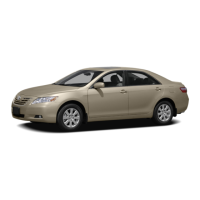

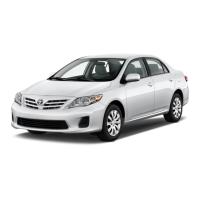
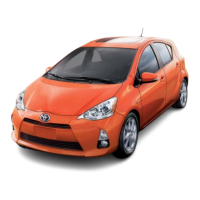
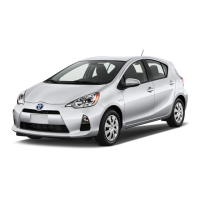


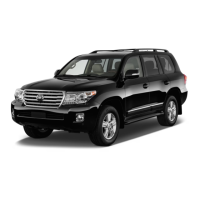
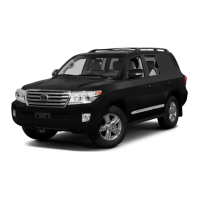

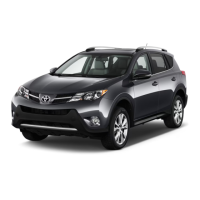
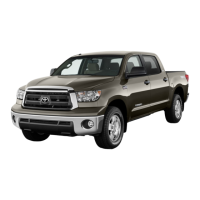
